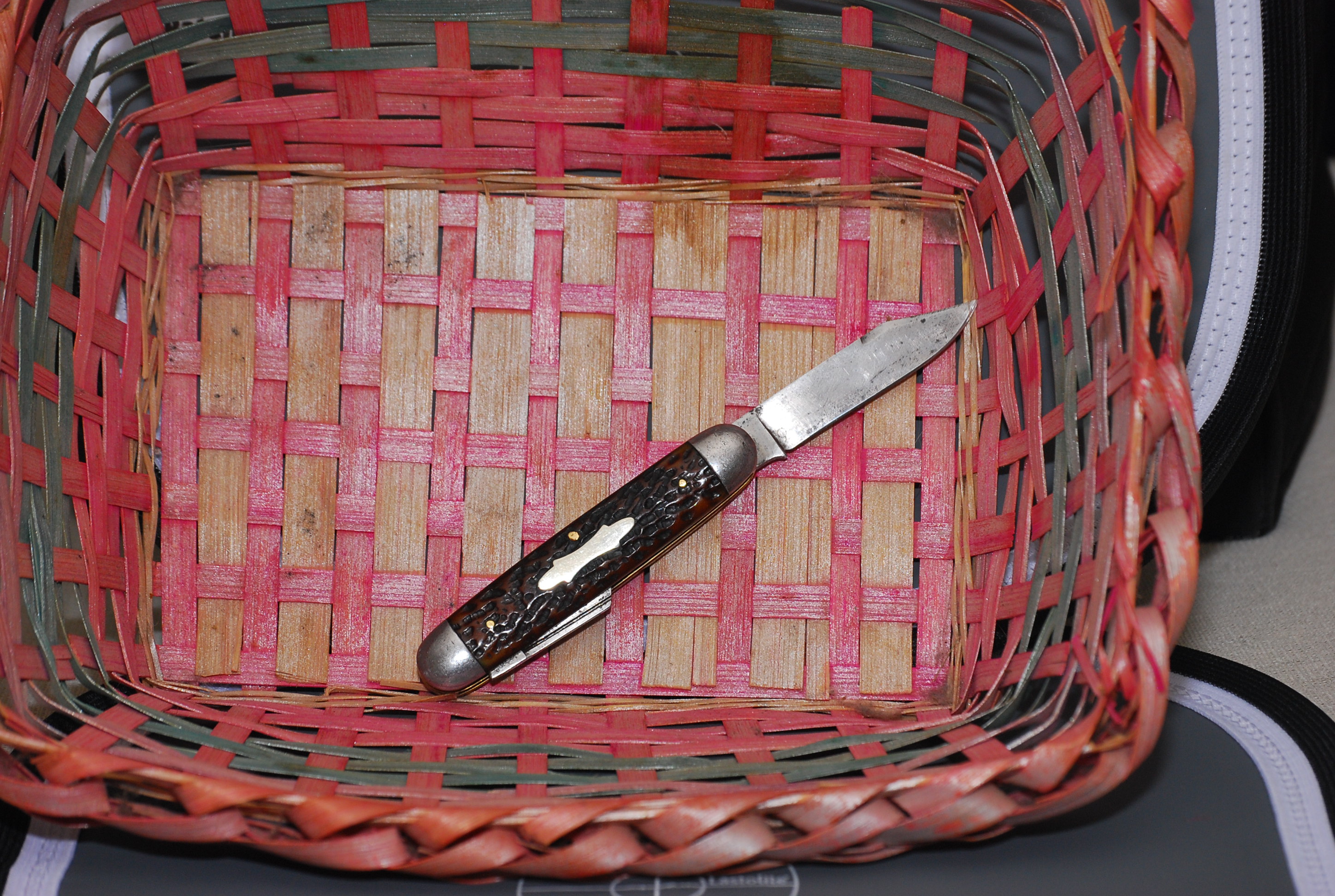- Joined
- Dec 9, 2015
- Messages
- 392
I just won a knife on everyone's favorite auction site. It's a 1977 Case Texas Jack 6244. The body of the knife looks really good, but the blade has those swoopy "bad sharpening job" scratches on it and little to no patina.
I want to get those scratches out, but would hate to destroy any potential value. I was actually shopping for an Old Timer of the same pattern to EDC but couldn't pass up a Case with a near-Old Timer price tag. I intend to carry it, but also don't want to commit some sort of knife sin like destroying an old patina.
I don't think it's worth very much anyway, even NIB, but for future refrence this would be good to know.
Here's a picture from the auction:

I want to get those scratches out, but would hate to destroy any potential value. I was actually shopping for an Old Timer of the same pattern to EDC but couldn't pass up a Case with a near-Old Timer price tag. I intend to carry it, but also don't want to commit some sort of knife sin like destroying an old patina.
I don't think it's worth very much anyway, even NIB, but for future refrence this would be good to know.
Here's a picture from the auction:

Last edited:








